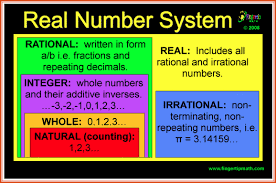Bodies of the Universe
It is hard to comprehend the enormity of
our Universe. Our Sun is only one of billions of stars in our galaxy,
known as the Milky Way. But beyond the Milky Way, there are billions of
other galaxies, too. Collectively, all these galaxies, along with the
vast amount of space found in between them, are called the Universe.
Solar System
| The Sun The star at the center of our solar system. It has a diameter of 1.39 million kilometres and the temperature of the visible surface is 5780 K. |
| Planets 9 planets orbit the Sun: Mercury, Venus, Earth, Mars, Jupiter, Saturn, Uranus, Neptune, Pluto |
| Moons There are now over 100 known moons in the orbit around the planets of the Solar System. Some, like Earth and Pluto, have just one companion while Jupiter has over 60. |
| Comets Rocky-icy bodies in elliptical orbits travel through the Solar System developing a large tail of gas and dust in their orbit as they draw closer to the Sun. There are at least 150 periodic comets. |
| Asteroids Thousands of rocky bodies, the largest being around 1000 km across, orbit the Sun. The majority are found between the orbits of Mars and Jupiter in a region known as the asteroid belt. In recent years observations have begun to probe the extent of another source of asteroid type objects (transneptunian objects) in the Kuiper Belt stretching 30 to maybe 100 AU. |


Comments
Post a Comment